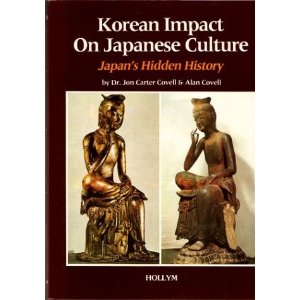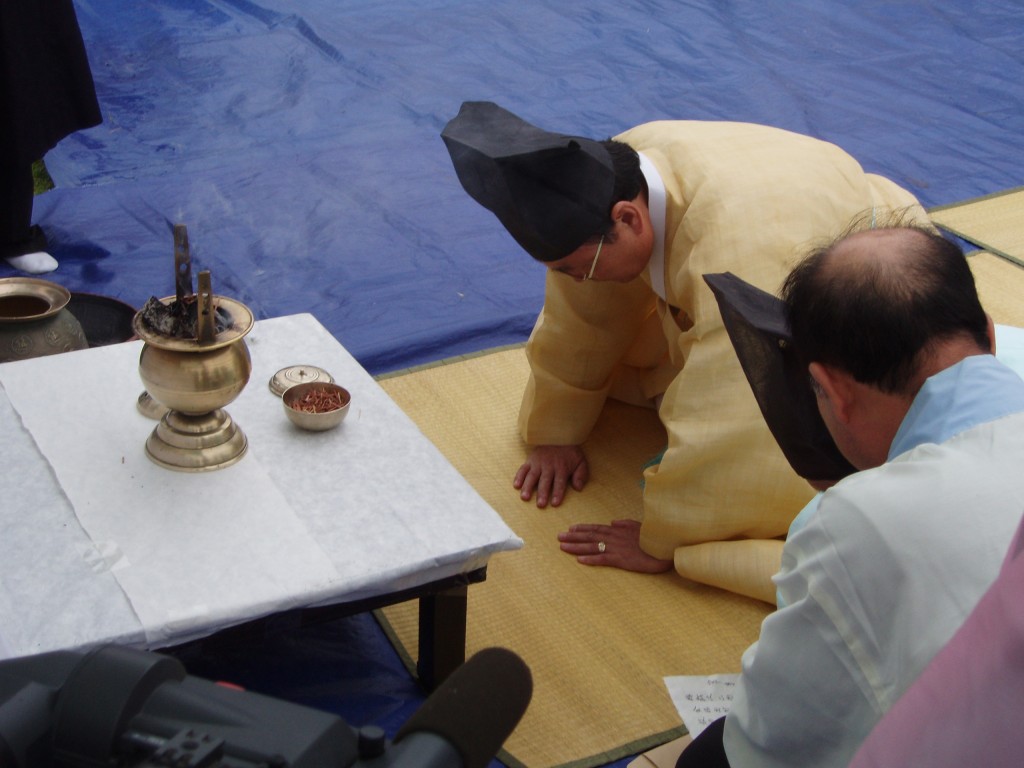‘Korean Impact on Japanese Culture: Japan’s hidden history’ by Dr. Jon Carter and Alan Covell
US: Hollym, 1984 115 pages, large size and richly illustrated. ISBN 0-930878-34-5 
This book sparked quite a controversy, though after thirty years there are many reservations about it. That it is still often referred to, however, shows the power of the idea it puts forward, based on Egami’s famous thesis, namely that a band of Puyo horseriders swept down from the Korean peninsular into Kyushu and from there into Yamato where they spawned the beginnings of the present imperial line. At the centre of this is a reverse reading of the Kojiki, by which Empress Jingo becomes a Korean princess who invades Japan rather than the other way round. This may seem extraordinary, but there is plenty of archaeological and other evidence used to back up the ideas. The book is written in a deliberately provocative fashion, with a central narrative that is presented as factual even though it is speculative. Despite the title of the book, its main focus is on the early Yamato emperors and the establishment of the Horyu-ji temple at Nara (Shotoku Taishi is claimed as a descendant of the horseriders). After that things get rather thin, and vital subjects like the Korean influence on pottery are skimped over in a matter of paragraphs, as if an afterthought. About a third of the book is devoted to illustrations, and the breezy style of writing makes it an entertaining read even if it sometimes fails to convince.
Summary: Fascinating stuff for anyone interested in Shinto myths and the Yamato state.

Worship Korean-style: did immigrants bring it to Japan?

Leave a Reply